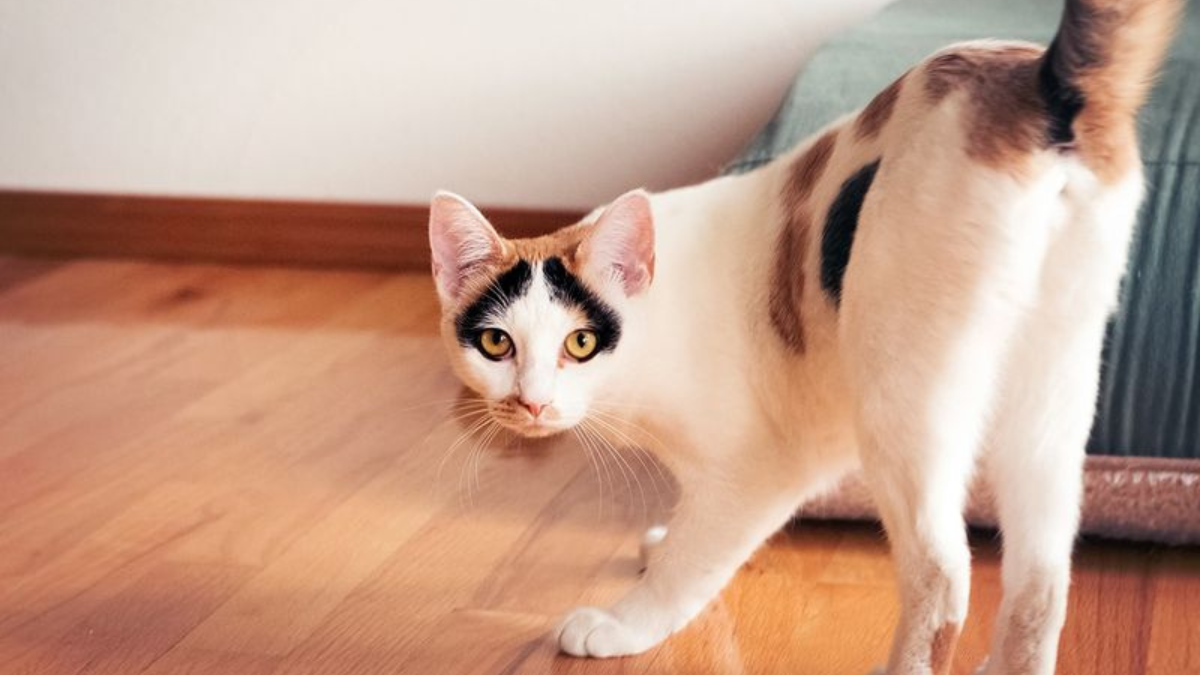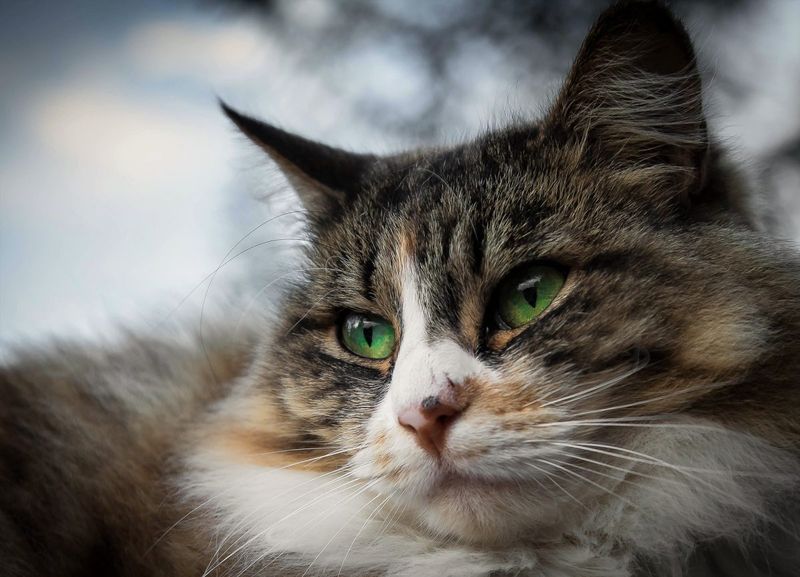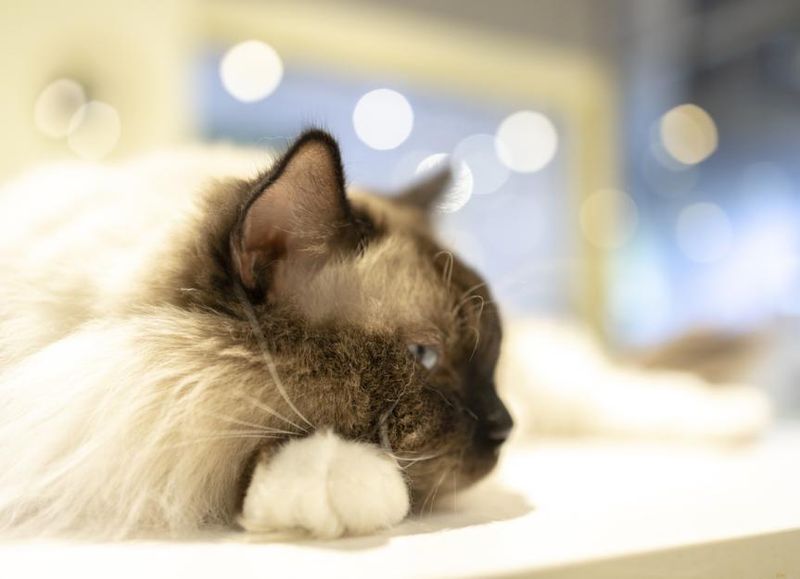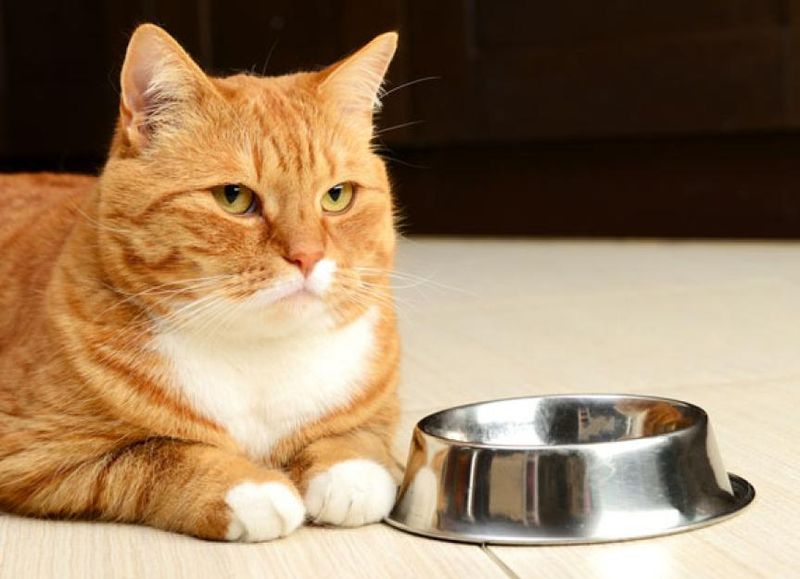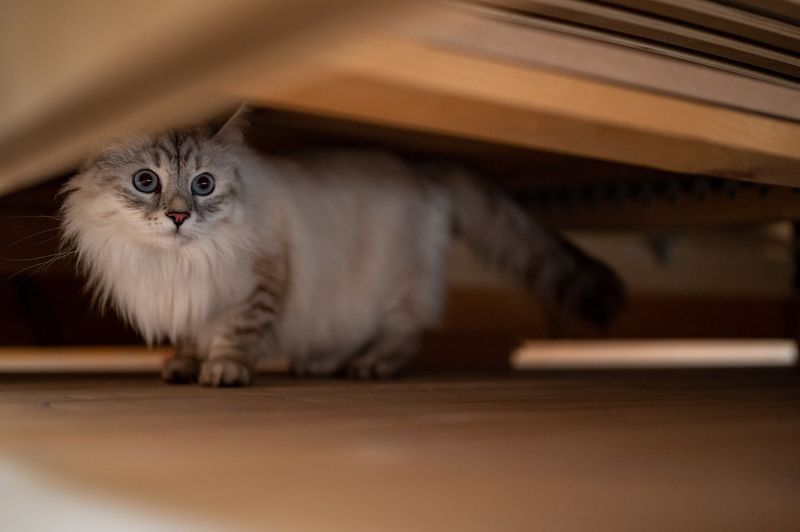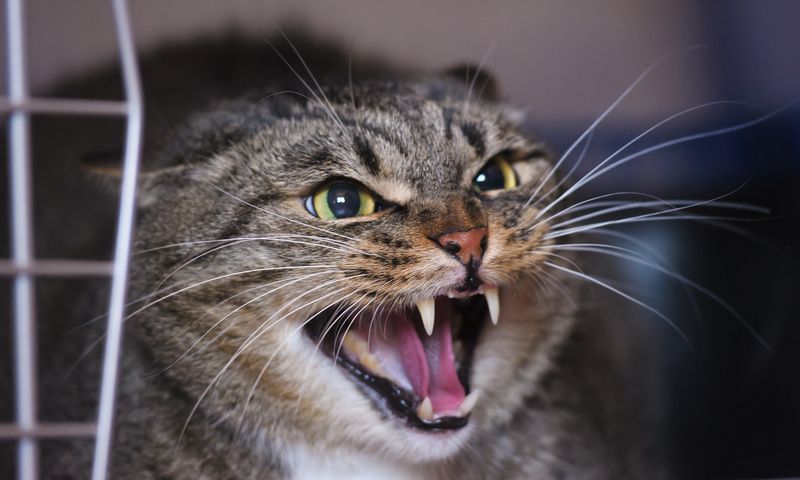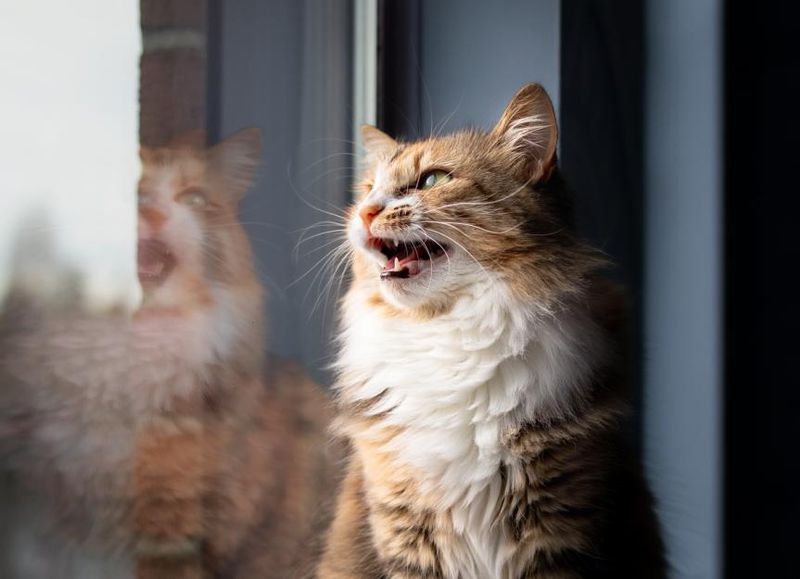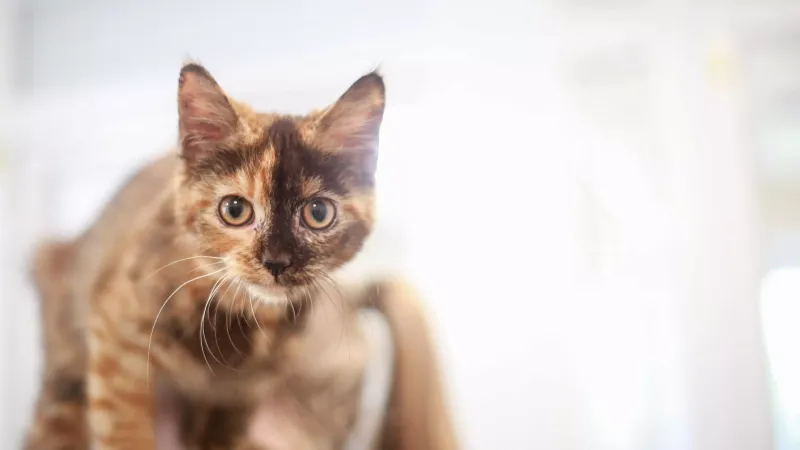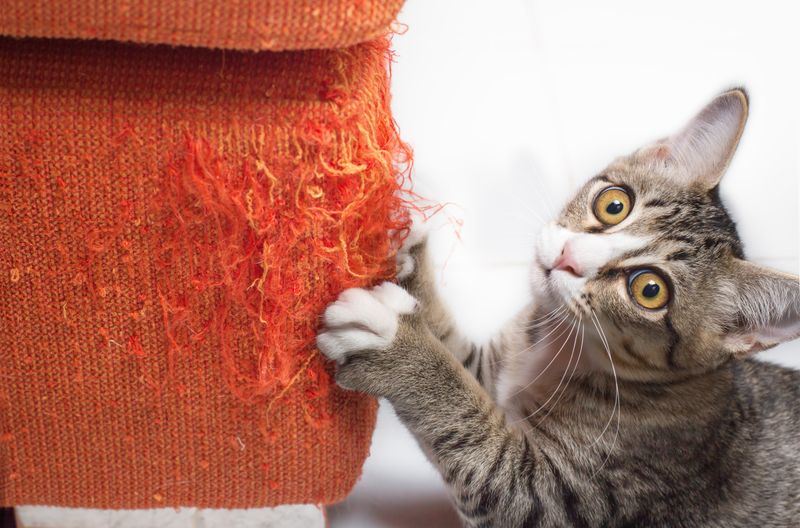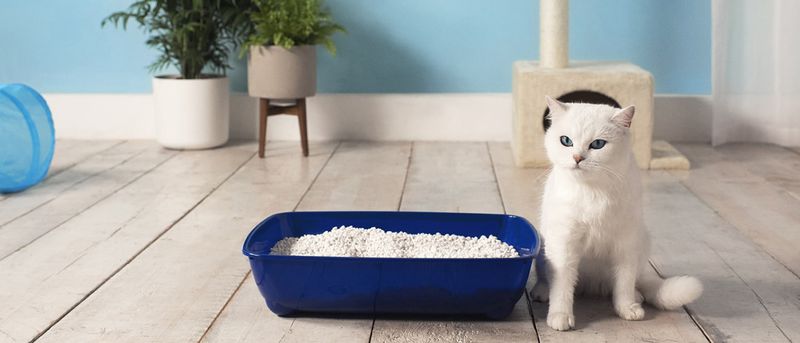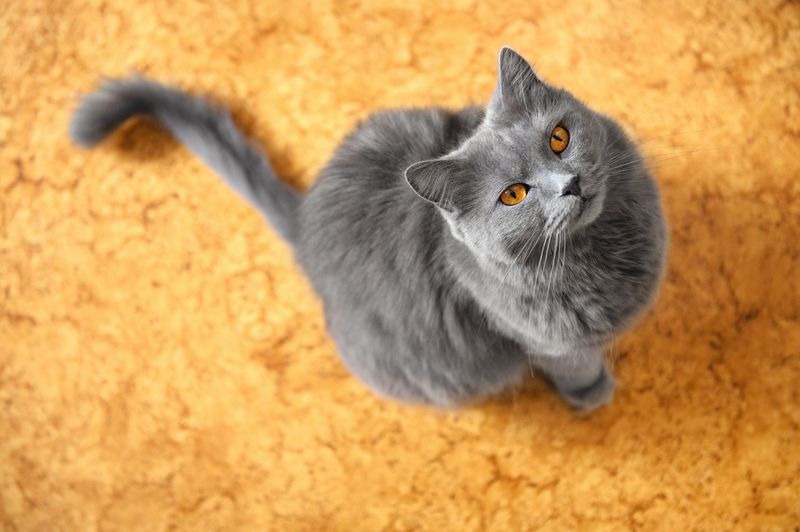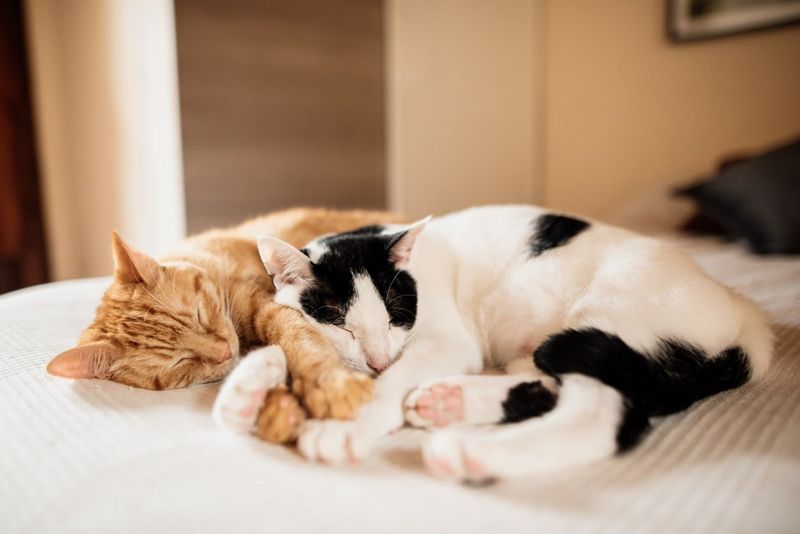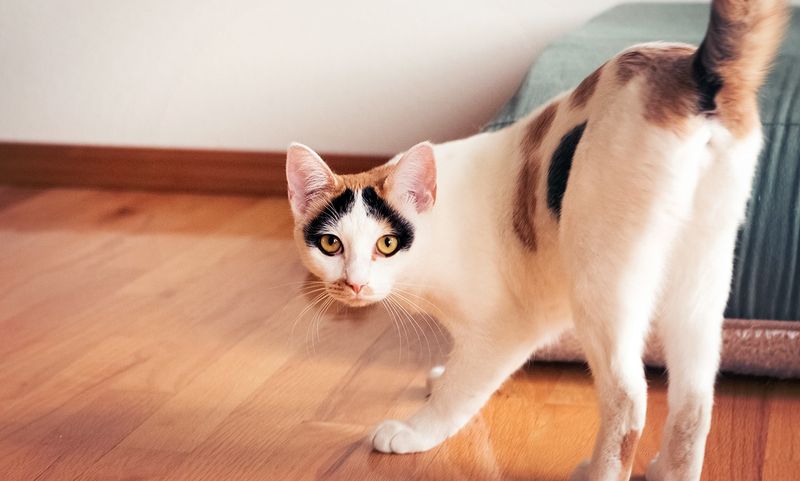📖 Table of Content:
- 1. Avoiding Eye Contact
- 2. Ignoring Your Presence
- 3. Refusing to Eat
- 4. Hiding Away
- 5. Aggressive Behavior
- 6. Unusual Vocalizations
- 7. Avoiding Favorite Spots
- 8. Scratching Furniture
- 9. Grooming Excessively
- 10. Refusing to Use the Litter Box
- 11. Tail Flicking
- 12. Sleeping Away from You
- 13. Blocking Your Path
Cats often leave us wondering what’s going on in their minds, with their independent and sometimes distant demeanor. Their actions may appear confusing, especially when it seems like they’re upset or avoiding interaction. While they may not hold grudges like humans do, their behavior can certainly suggest a shift in mood or feelings.
Their communication isn’t always obvious, and interpreting their cues requires a keen eye. Whether it’s a slight change in their body language or a subtle shift in their routine, these signs can be easy to overlook. Understanding these signals can strengthen the bond between owner and pet, ensuring a more harmonious relationship.
Recognizing when a cat is mad or annoyed can prevent misunderstandings and frustration. Instead of assuming they’re simply being distant, looking for specific behaviors can provide clarity. Here are 13 signs that might indicate your cat is upset with you.
1. Avoiding Eye Contact
Ever notice your cat averting its gaze when you walk into the room? This might be more than just aloofness. Cats often communicate with their eyes, and avoiding eye contact can be a subtle sign of discontent. You might find your feline friend turning its head away or lowering its gaze when you try to engage.
This behavior can be a cat’s way of expressing displeasure, perhaps due to an unmet need or a recent change in their environment. It’s like they’re saying, “I’m not happy with you right now.” Pay attention and look for other signs.
2. Ignoring Your Presence
When your usually affectionate cat suddenly starts ignoring you, it might be holding a grudge. Imagine calling your cat’s name, only to be met with silence and a turned back. This behavior is a cat’s way of showing its displeasure.
Cats are social creatures, even if they don’t show it overtly. When they choose to ignore your presence, it can be both confusing and disheartening. Consider what might have upset them and try to mend your ways. Offer a treat or some playtime to win back their affection and resolve any underlying issues.
3. Refusing to Eat
One of the most noticeable signs of a grudge is when your cat refuses to eat. Cats are creatures of habit, and a sudden change in eating behavior can indicate emotional distress. If your cat is normally eager at mealtime but now snubs its food, it’s worth investigating.
This could be due to a variety of reasons, such as a new pet in the house or a change in routine. Ensure your cat’s environment is stress-free and try offering its favorite meal to entice it back to the table. Keep an eye on this behavior, as it can also signal health issues.
4. Hiding Away
When a cat suddenly starts hiding away more than usual, it may be feeling upset or stressed. Cats often retreat to quiet, secluded spots when they are displeased with a situation or person. Hiding is their way of coping with discomfort.
If your cat is spending more time under the couch or bed, consider what might be causing its behavior. Perhaps there has been a recent change in the home, such as new furniture or visitors. Giving your cat space while also offering comfort and reassurance can help ease its mind and mend the rift.
5. Aggressive Behavior
Cats can show their displeasure through aggressive behavior, such as hissing, swatting, or biting. This is a clear sign that something is amiss. Perhaps you’ve done something to upset your feline friend, or it’s feeling threatened.
Aggression is often a defensive response, indicating the cat’s need for space or change in the environment. Reflect on recent interactions and environments that could have triggered this reaction. Approach your cat with calmness, offering treats or toys, and ensure it has a safe and comfortable space to retreat to.
6. Unusual Vocalizations
A sudden increase in vocalization, especially with unfamiliar sounds, could mean your cat is trying to communicate something important. Cats express their emotions through meowing, and unusual tones might signal unhappiness.
Consider the context of these vocalizations. Is it meowing more when you leave the room, or when you do something it dislikes? Sometimes, it’s simply seeking attention or expressing annoyance. Try spending more quality time with your cat to understand its needs and reassure it of your love and attention.
7. Avoiding Favorite Spots
When a cat avoids its favorite spots, it might be more than just a change of scenery. Cats are creatures of habit, and a sudden shift in their resting places can indicate a grudge or discomfort.
Perhaps something in the environment has changed, or it associates the spot with a negative experience. Observe if there have been any changes or disturbances that could have led to this behavior. Ensuring the spot is comfortable and quiet might encourage your cat to return and feel at ease again.
8. Scratching Furniture
While scratching is a natural way for cats to mark their territory, an increase in this behavior could mean they’re upset. It might be a way for them to relieve stress or draw attention to their dissatisfaction.
Consider if something has changed in your home that could be causing stress. Introducing a scratching post or using deterrents on furniture can help redirect this behavior. Spend time understanding your cat’s needs and providing outlets for its energy and emotions.
9. Grooming Excessively
Excessive grooming can be a sign of stress or anxiety in cats. If your cat starts grooming more than usual, it might be trying to cope with feelings of unease or dissatisfaction.
This behavior can lead to bald spots or skin irritation, so it’s important to address it promptly. Investigate any recent changes in your home or routine that might be affecting your cat. Offering consistent reassurance and a stable environment can help alleviate its stress and reduce excessive grooming tendencies.
10. Refusing to Use the Litter Box
Litter box issues are a common sign of feline grudge. If your cat suddenly refuses to use its litter box, it’s a clear indication of dissatisfaction. Cats are usually meticulous about their bathroom habits, and a change can signal a problem.
It could be due to changes in the box’s location, type of litter, or a negative association. Ensure the litter box is clean and in a quiet, accessible spot. Sometimes, consulting with a vet can help determine any underlying health issues contributing to this behavior.
11. Tail Flicking
Watch for the tail flick, as it often signals your cat is feeling irritated or agitated. If this happens often, your feline friend might be upset or frustrated with you. Cats rely on this subtle movement to express their feelings.
Observe the context in which the tail flicking happens. Is it during playtime, when you pet it, or after a scolding? Understanding the triggers can help you address the underlying issues. Approach your cat calmly and offer affection to ease its distress and improve your bond.
12. Sleeping Away from You
A sudden change in your cat’s sleeping habits could be more than just a preference for a new spot. If your cat starts sleeping far from you, it might be signaling that they’re upset or holding a grudge. This shift in their routine often points to emotional distance.
Reflect on recent interactions that could have upset your cat, such as loud noises or unfamiliar guests. Offering a cozy bed and spending quality time can help rebuild trust and companionship. Encourage closeness by being gentle and attentive to its needs.
13. Blocking Your Path
A cat blocking your path can seem cute at first, but it might also point to a desire to assert control or express frustration. This action indicates your cat has something important to say. It’s a direct form of feline communication.
Consider recent changes or actions that might have prompted this behavior. Acknowledge your cat’s presence and offer attention to reinforce positive interactions. Sometimes, all it takes is a little affection to mend the rift and restore harmony in your relationship.
